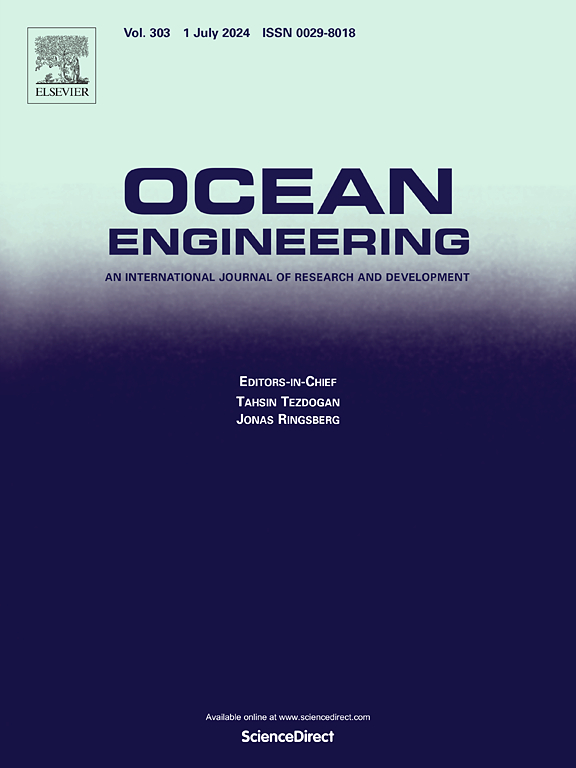Predicting the lateral capacity of short step-tapered and straight piles in cohesionless soils using an FE-AI hybrid technique
IF 5.5
2区 工程技术
Q1 ENGINEERING, CIVIL
引用次数: 0
Abstract
Offshore pile foundations are frequently subjected to significant lateral loads, often requiring large-diameter piles. Step-tapered piles have emerged as a cost-effective alternative, offering enhanced lateral capacity with reduced material use. However, reliable and straightforward methods for estimating their lateral bearing capacity remain limited. This study presents a hybrid approach combining three-dimensional finite element (FE) modeling and multi-objective genetic algorithm-based evolutionary polynomial regression (EPR-MOGA) to predict the lateral capacity of short straight and step-tapered piles in cohesionless soils. A parametric study using PLAXIS 3D simulated 580 different pile cases under service-level lateral loads. The mechanisms governing the performance of step-tapered piles were examined and discussed. The FE simulation results were then used to train an artificial intelligence (AI)-based model that produces predictive equations, accurately replicating the FE outputs at a horizontal deflection of 12.5 mm while reducing computational time significantly. The study predictions were compared against the Broms' method, the Characteristic Load Method (CLM), and full-scale field test data. The developed equations account for key geometric and soil parameters, offering a practical and efficient tool for the preliminary design of laterally loaded short piles.
应用FE-AI混合预测法预测无粘性土中短阶锥桩和直桩的侧承载力
海上桩基经常承受较大的横向荷载,通常需要大直径桩。阶梯锥形桩已成为一种具有成本效益的替代方案,可以在减少材料使用的同时提高横向承载力。然而,可靠和直接的方法估计其横向承载能力仍然有限。采用三维有限元模型和基于多目标遗传算法的进化多项式回归(EPR-MOGA)相结合的方法,对无粘性土中短直桩和阶梯锥度桩的侧承载力进行了预测。使用PLAXIS 3D进行参数化研究,模拟了580种不同的桩在服务水平横向荷载下的情况。对控制阶梯锥桩性能的机理进行了研究和讨论。然后将有限元模拟结果用于训练基于人工智能(AI)的模型,该模型生成预测方程,准确地复制水平偏转12.5 mm时的有限元输出,同时显着减少计算时间。将研究预测结果与Broms方法、特征载荷方法(CLM)和全尺寸现场测试数据进行了比较。所建立的方程考虑了关键的几何参数和土参数,为横向加载短桩的初步设计提供了实用有效的工具。
本文章由计算机程序翻译,如有差异,请以英文原文为准。
求助全文
约1分钟内获得全文
求助全文
来源期刊

Ocean Engineering
工程技术-工程:大洋
CiteScore
7.30
自引率
34.00%
发文量
2379
审稿时长
8.1 months
期刊介绍:
Ocean Engineering provides a medium for the publication of original research and development work in the field of ocean engineering. Ocean Engineering seeks papers in the following topics.
 求助内容:
求助内容: 应助结果提醒方式:
应助结果提醒方式:


